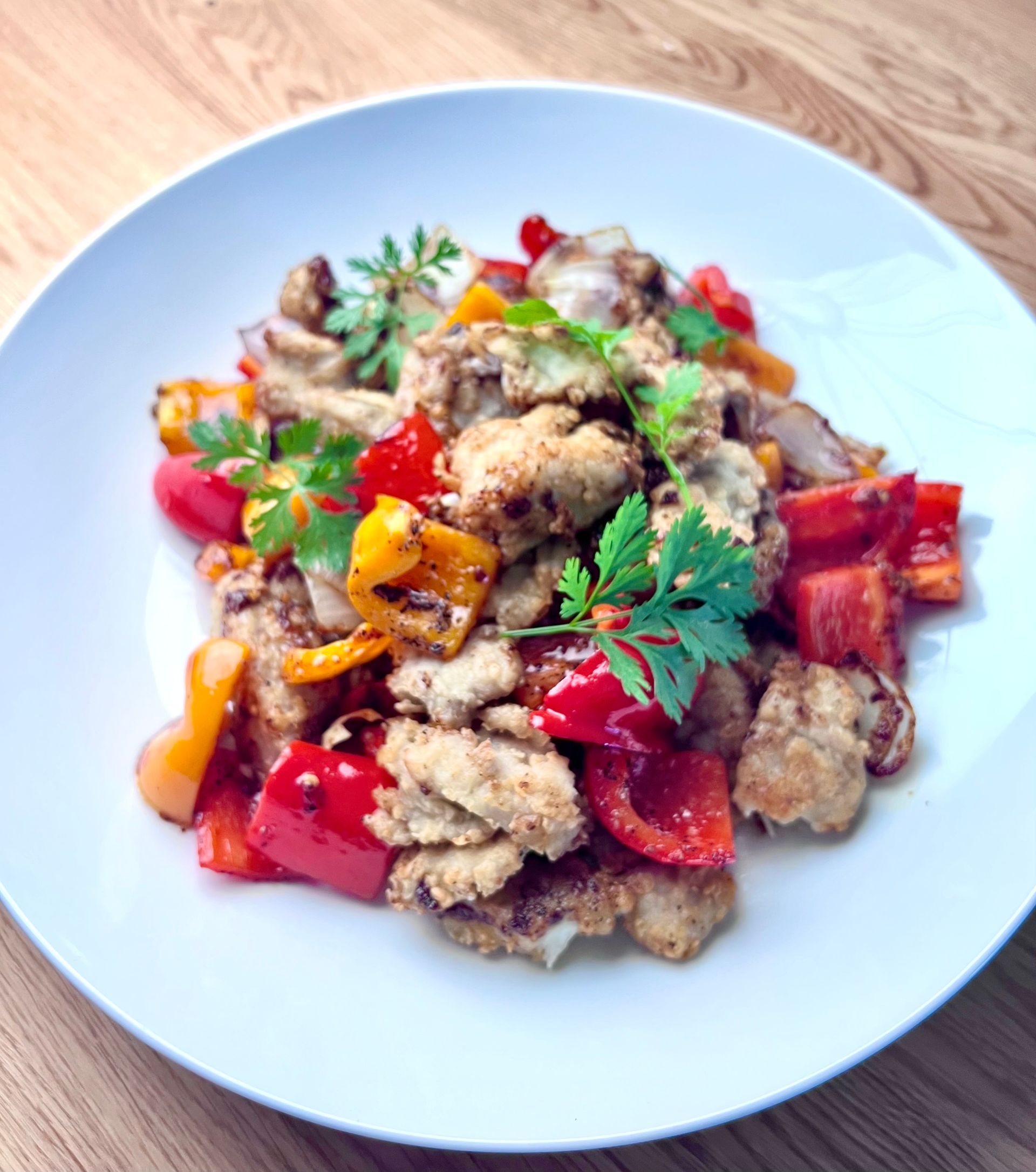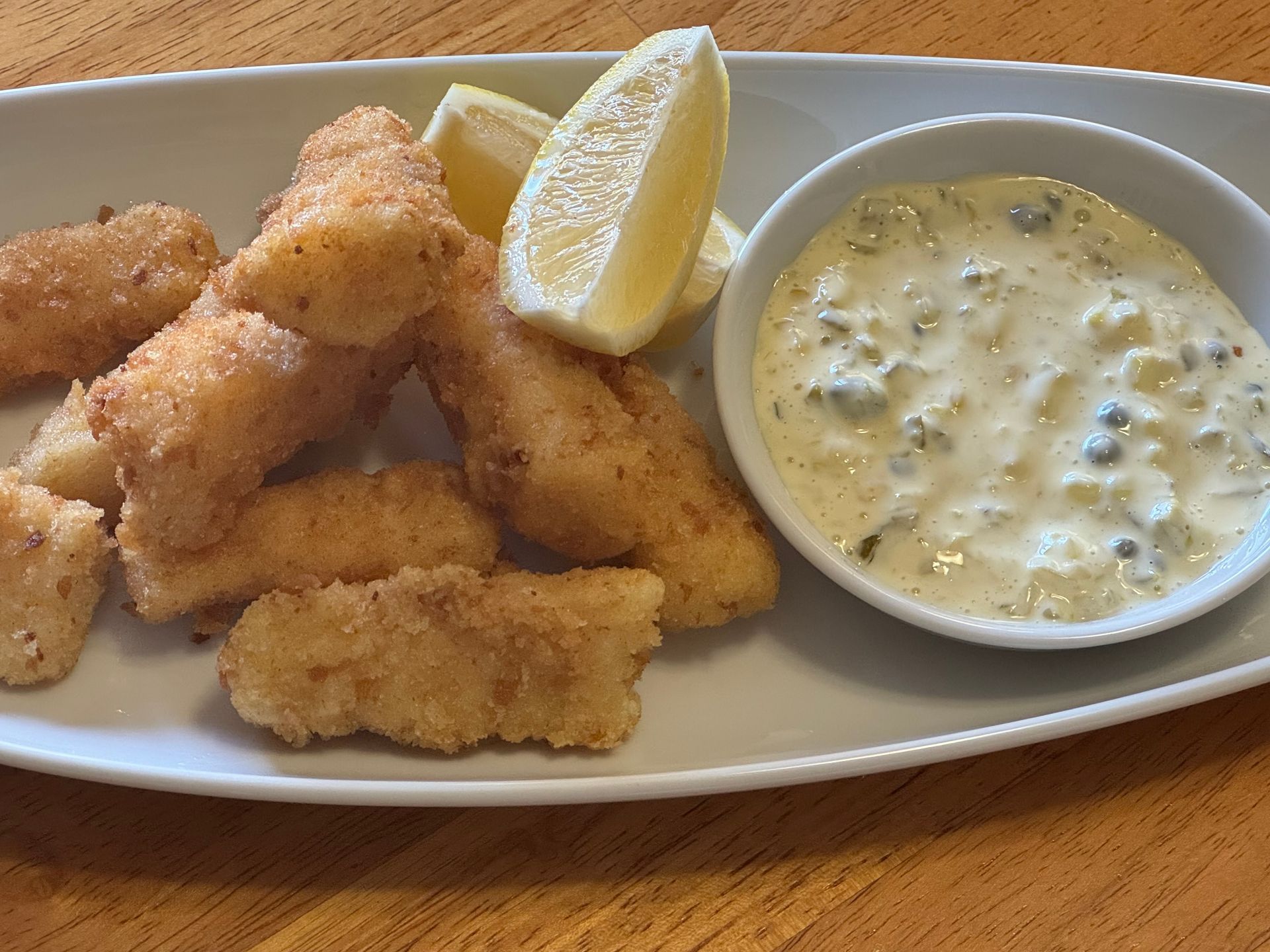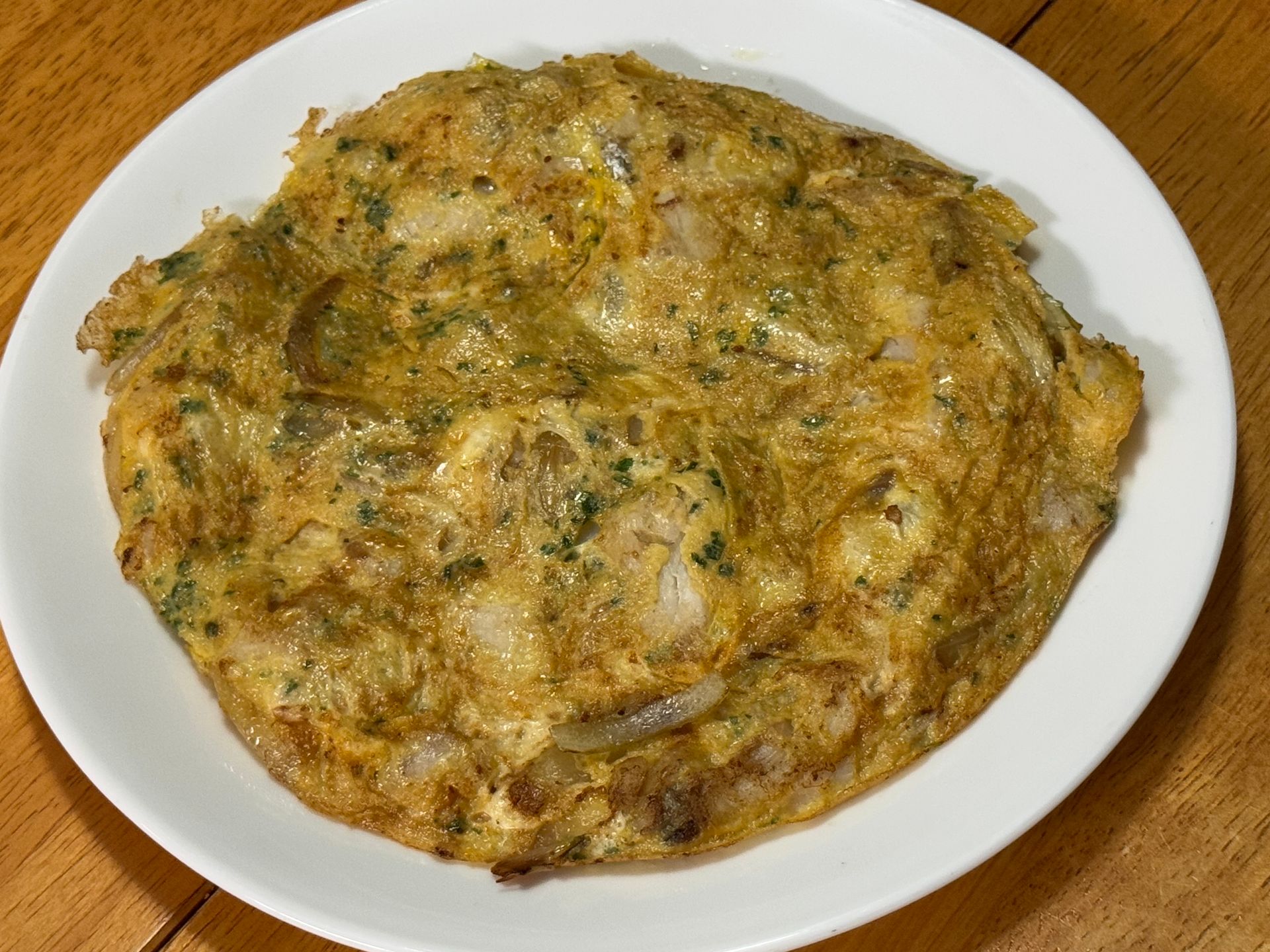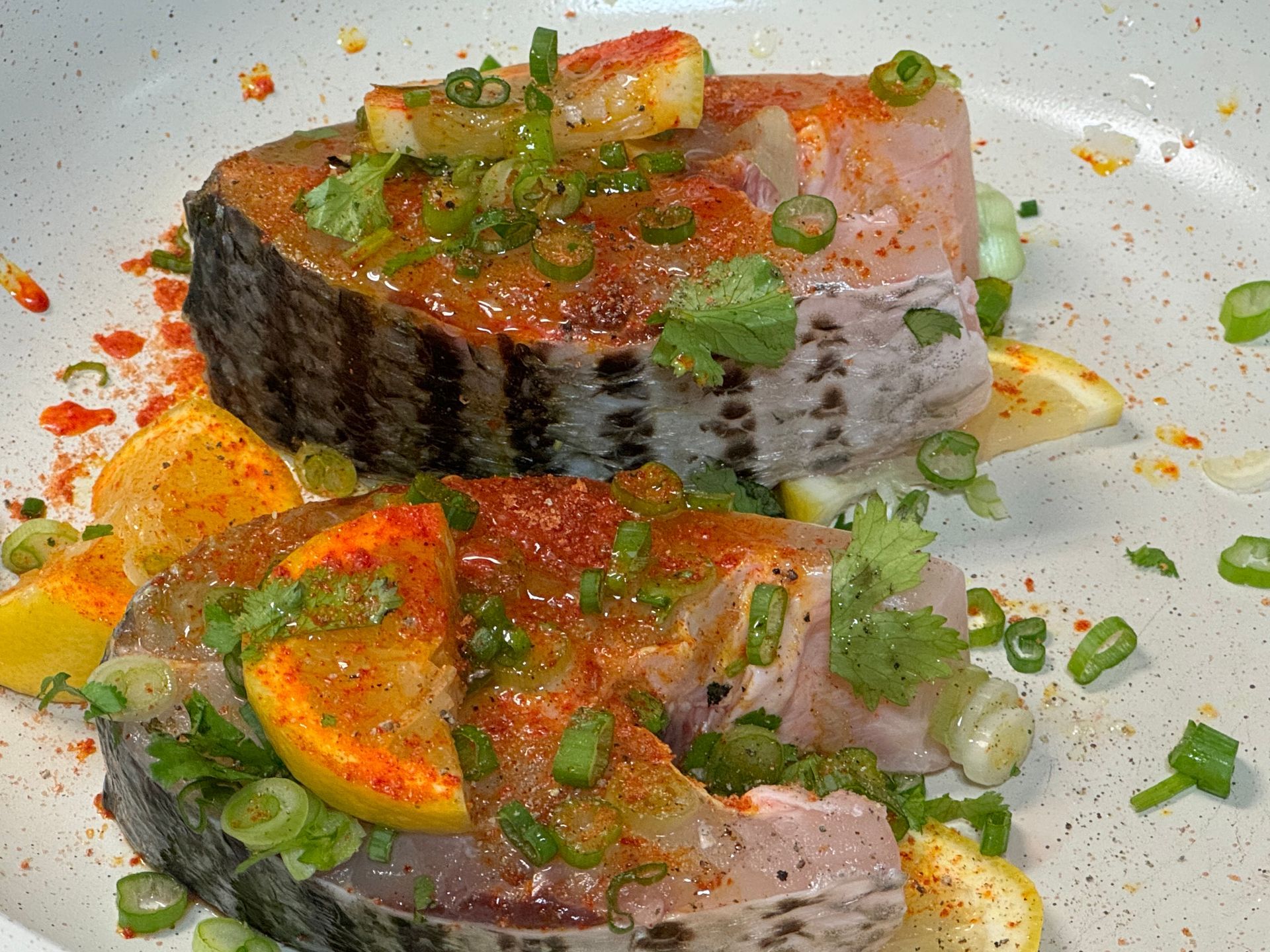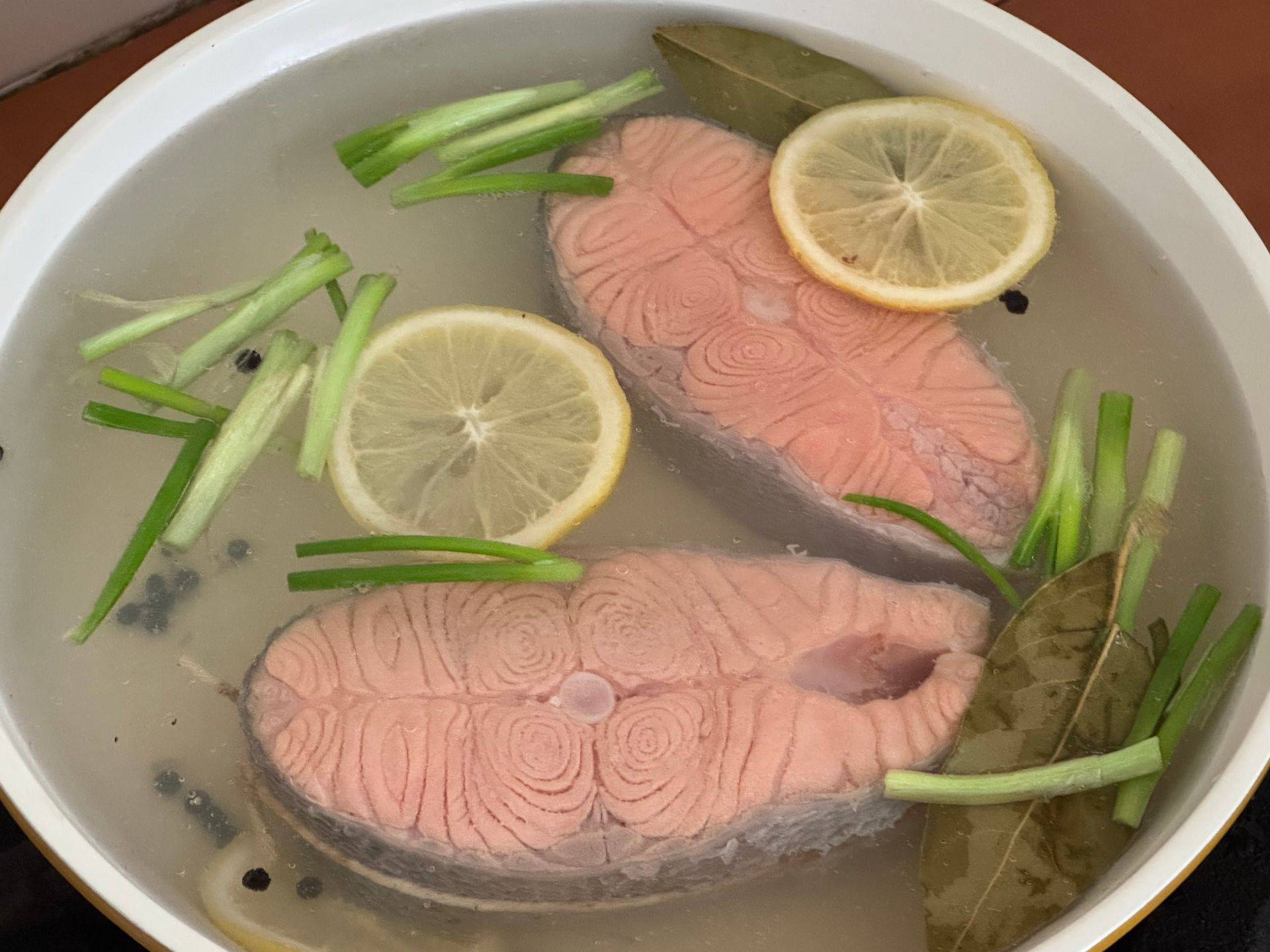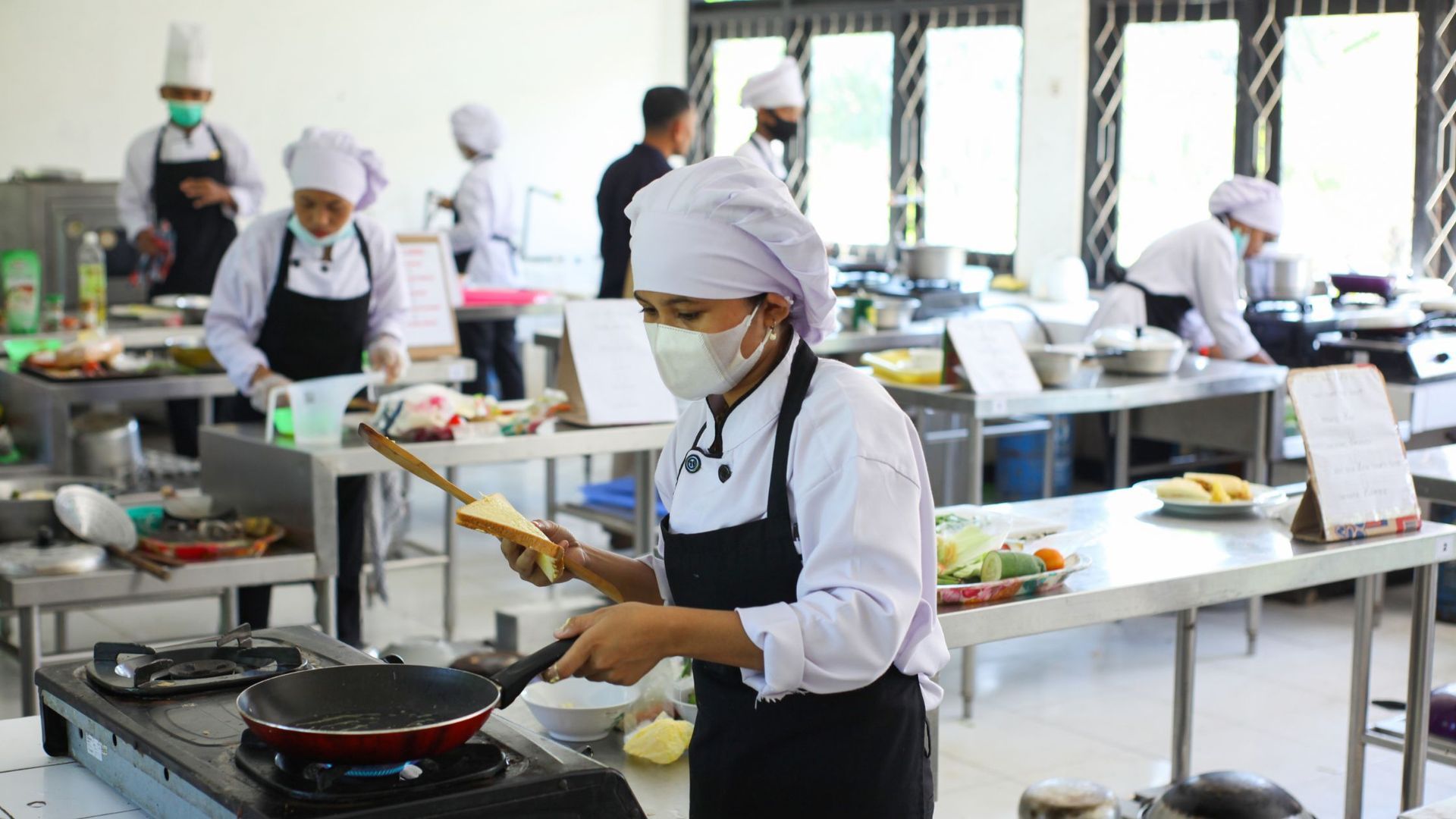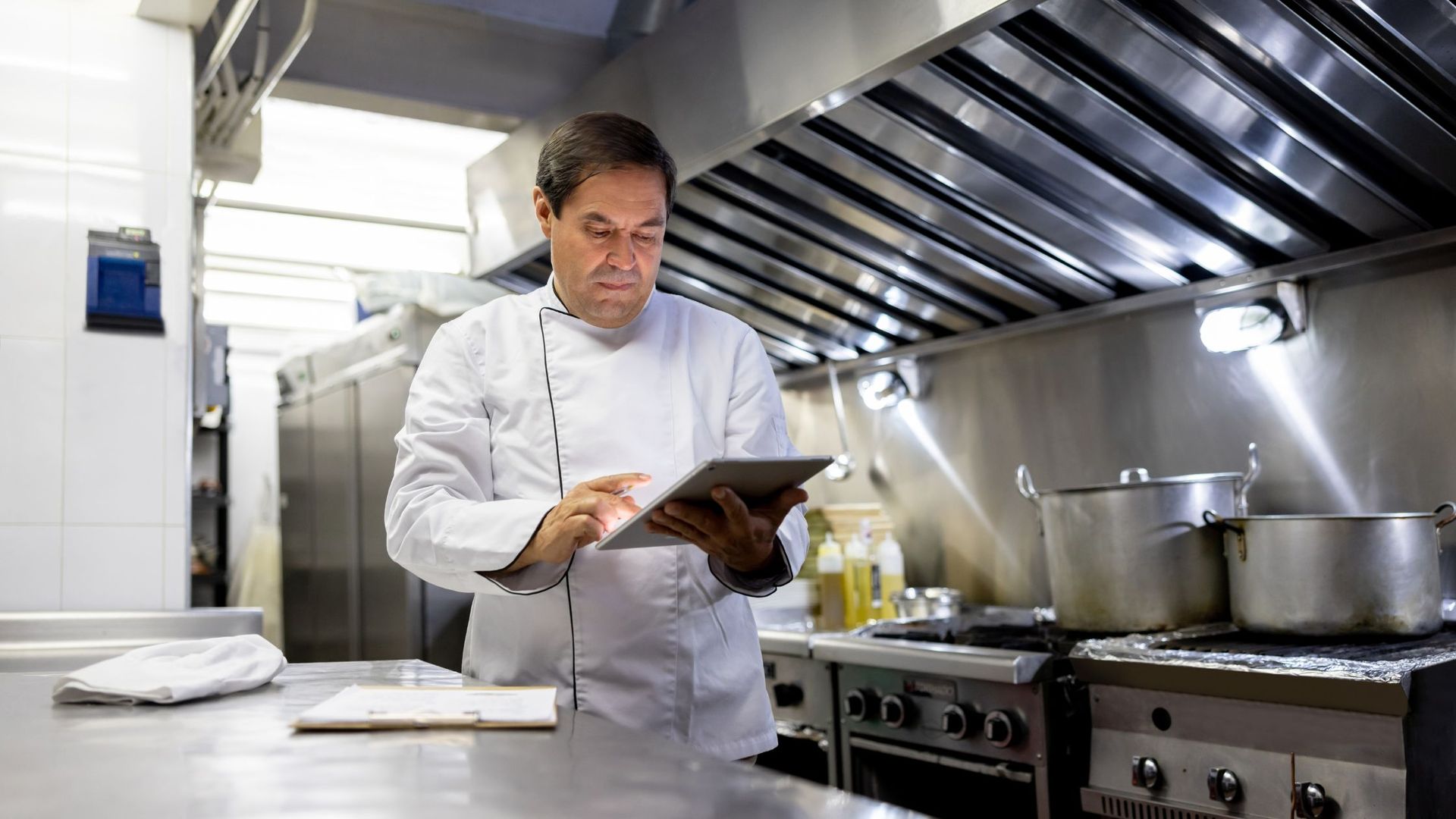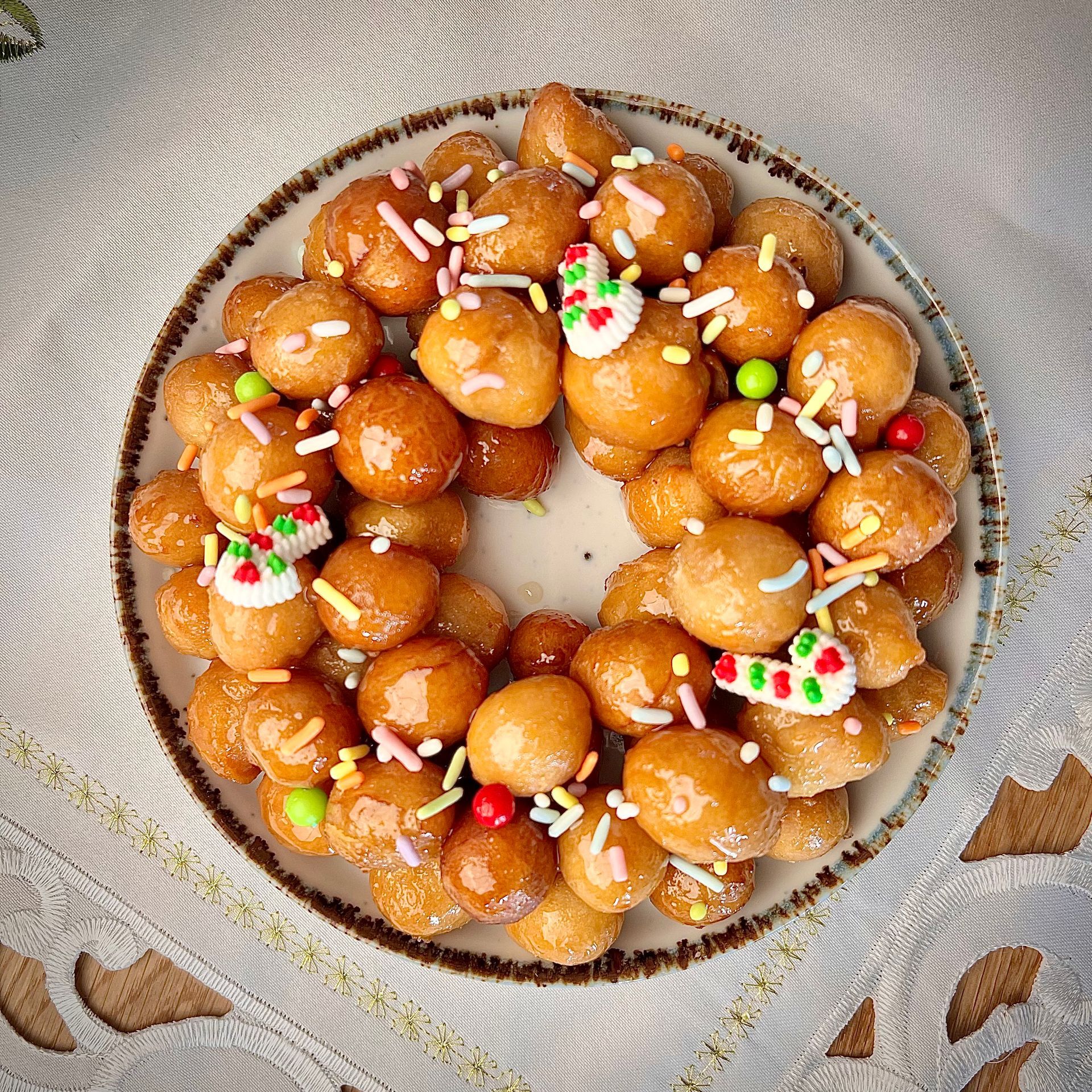
Struffoli are fried dough covered in sweet, luscious honey. We always had a large crock of struffoli stored in a cool, dark (probably a closet) spot & I hope, covered with plastic or something. (I'm not too sure about that though). My mother would spoon struffoli onto a plate when company came, top with colorful sprinkles for decoration & serve with tea.
My mother always had a LOT of visitors, they played yatze or scrabble or just chatted.
Struffoli
I was curious about the origin of struffoli 'honey balls'. I assumed it was Italian but didn't realize the recipe for these deep fried, marble sized dough balls might be thousands of years old.
It seems like there are different recipes from other regions of Italy as well ass similar desserts from other countries.
In Calabria, where my mother's family is from, they are also known as scalilli. My family sometimes made small log shapes as well as the round. Struffoli are supposed to be slightly hard and crunchy on the outside but very light on the inside, covered with honey & garnished with sprinkles.
Making Struffoli
Prep Time: 20 min
Cooking Time: 20 min
Yield: 6 portions
Ingredients
2 C AP Flour, sifted
1 tsp Orange, zest
1 tsp Lemon, zest
3 Tb Sugar
1/2 tsp. Kosher salt
1/4 tsp Baking powder
1 Tb Pinot grigio
1 tsp Vanilla extract
3 ea. Eggs, whisked
3 Tbsp Butter, melted
How to Prepare Struffoli

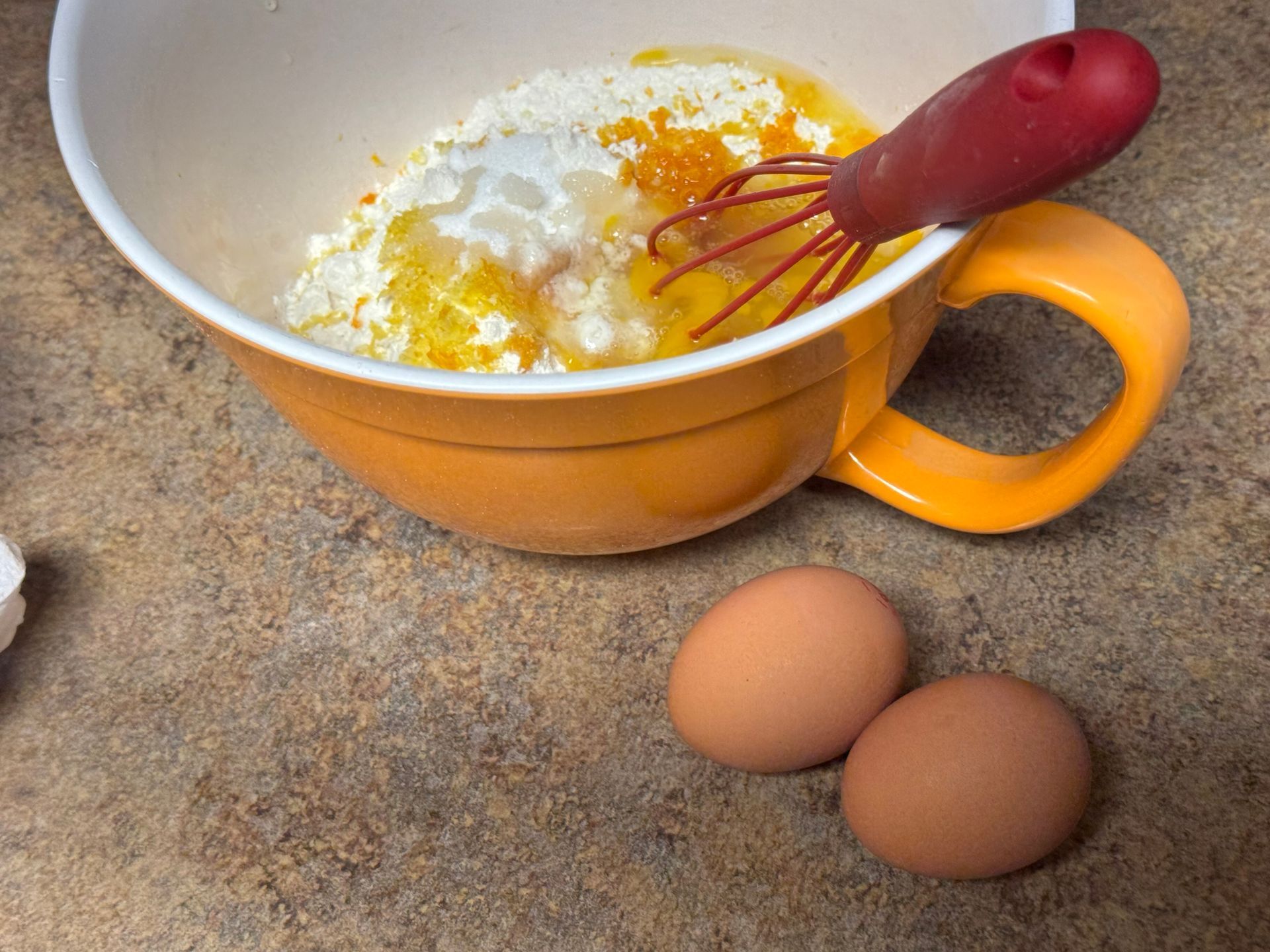
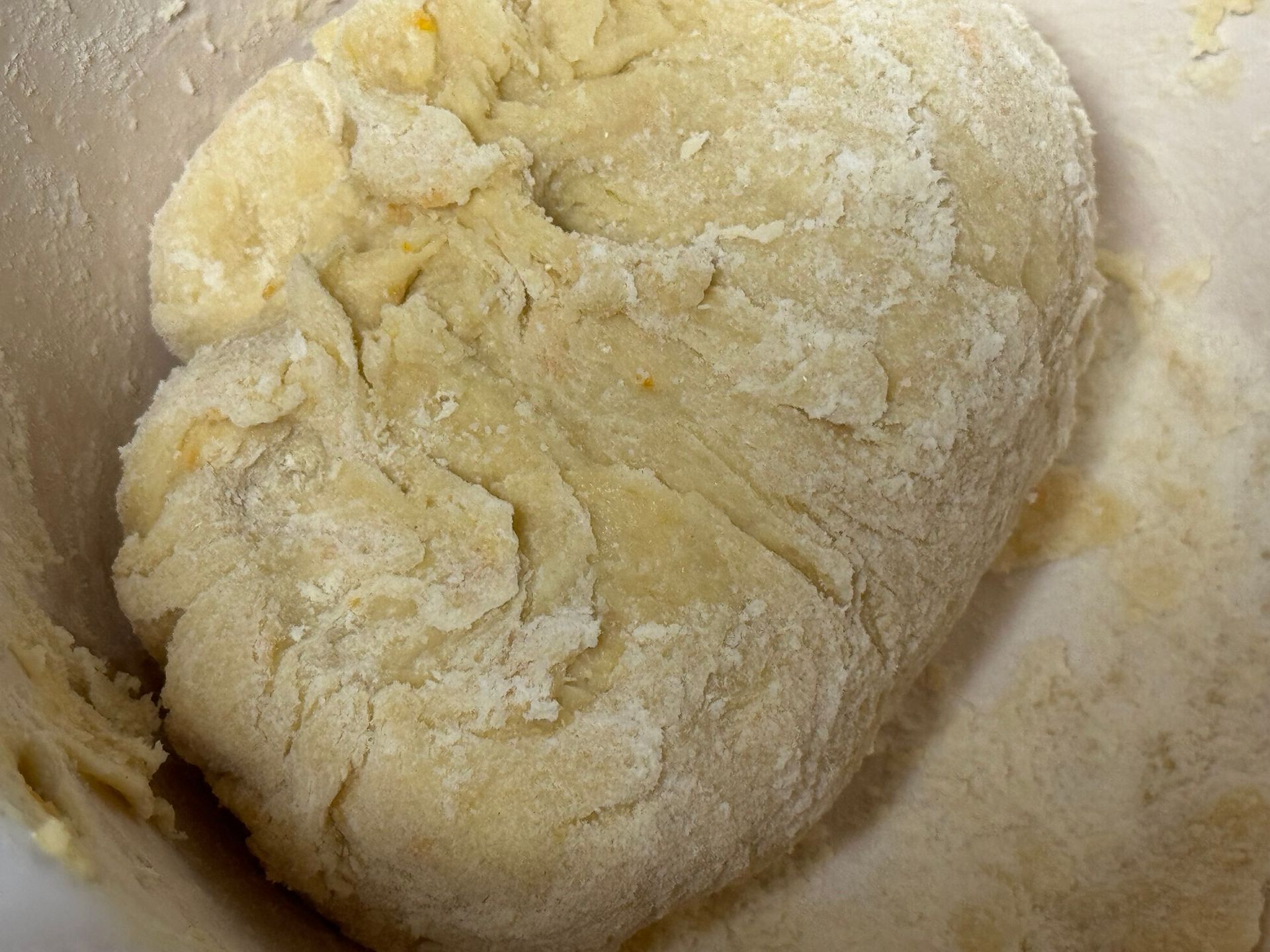

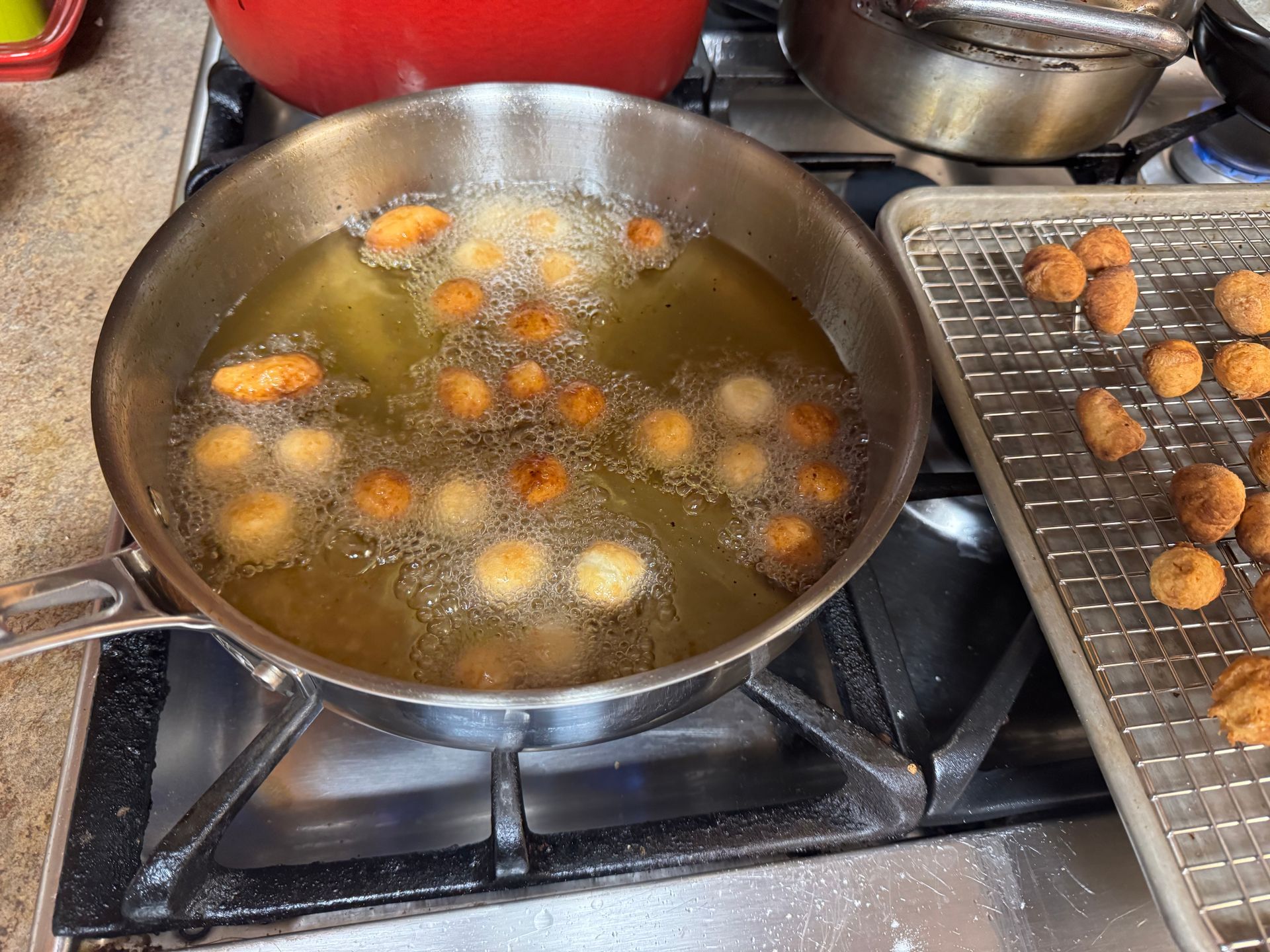
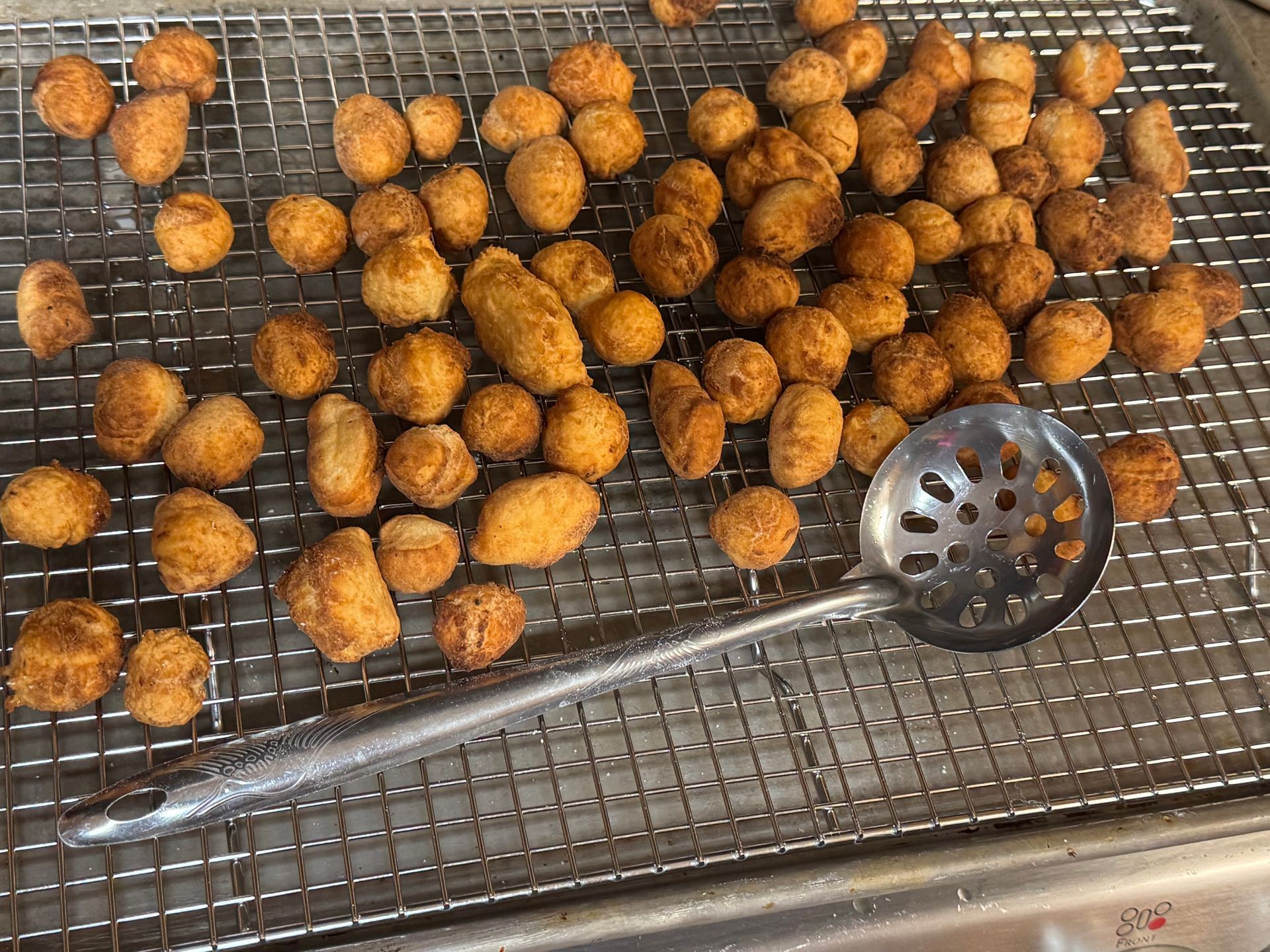
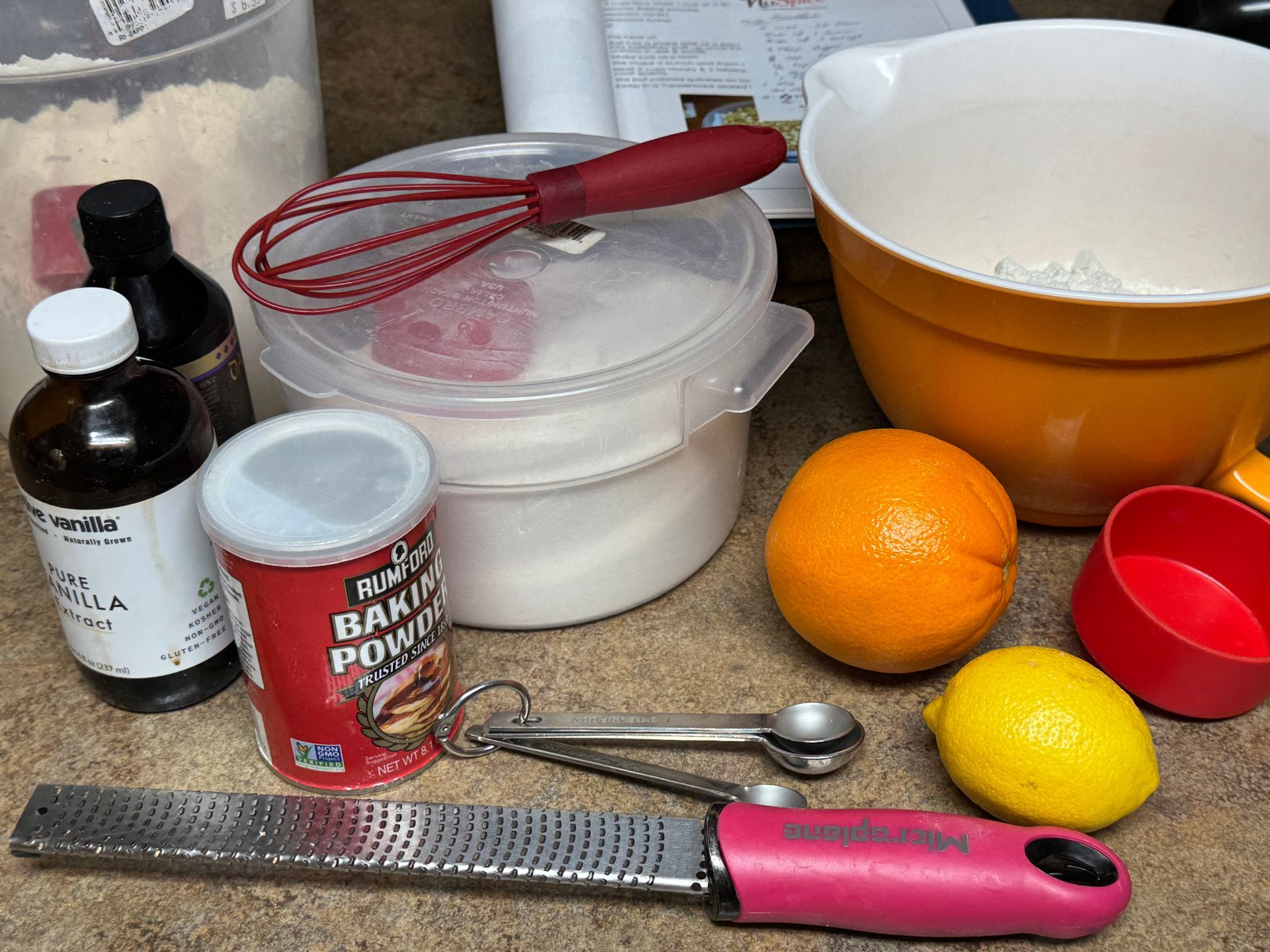
Step 1 Making the dough
Place the flour, orange and lemon zest, sugar, salt and baking powder into a bowl & mix to incorporate. Be careful not to zest the white, bitter pithe into the bowl, just the orange/yellow outer skin of the citrus fruits.
Add the wine, vanilla, eggs and melted butter to the flour blend and whisk to incorperate.
Form a dough ball and refrigerate for 30 minutes.
When the dough has rested, cut off pieces and roll into logs. Cut the logs into the desired shape and form into marbles or logs by hand. If your hands are sticking, dust a little flour onto the cutting board.
Step 2 Frying
Set up a heavy pot (I like to use a sauteuse) with oil, heat to 350°F and carefully fry the struffoli in batches. They will float & get a nice golden color when cooked.
Strain with a slotted spoon onto a sheet pan with paper toweling, when the oil gets hot again, repeat until all of the struffoli are fried.
Step 3 Storing/ eating
Store in a covered container, covered with good honey and serve, topped with colorful sprinkles.



